We have set up actions to help us , monitor, evaluate and report on progress towards enhancing our natural environment.
Read on to find out more about how we are implementing and monitoring Biodiversity 2037. In everything we do, we continue to learn and feed this knowledge back into our management of Victoria’s biodiversity. Come on this journey with us and be a part of the change.
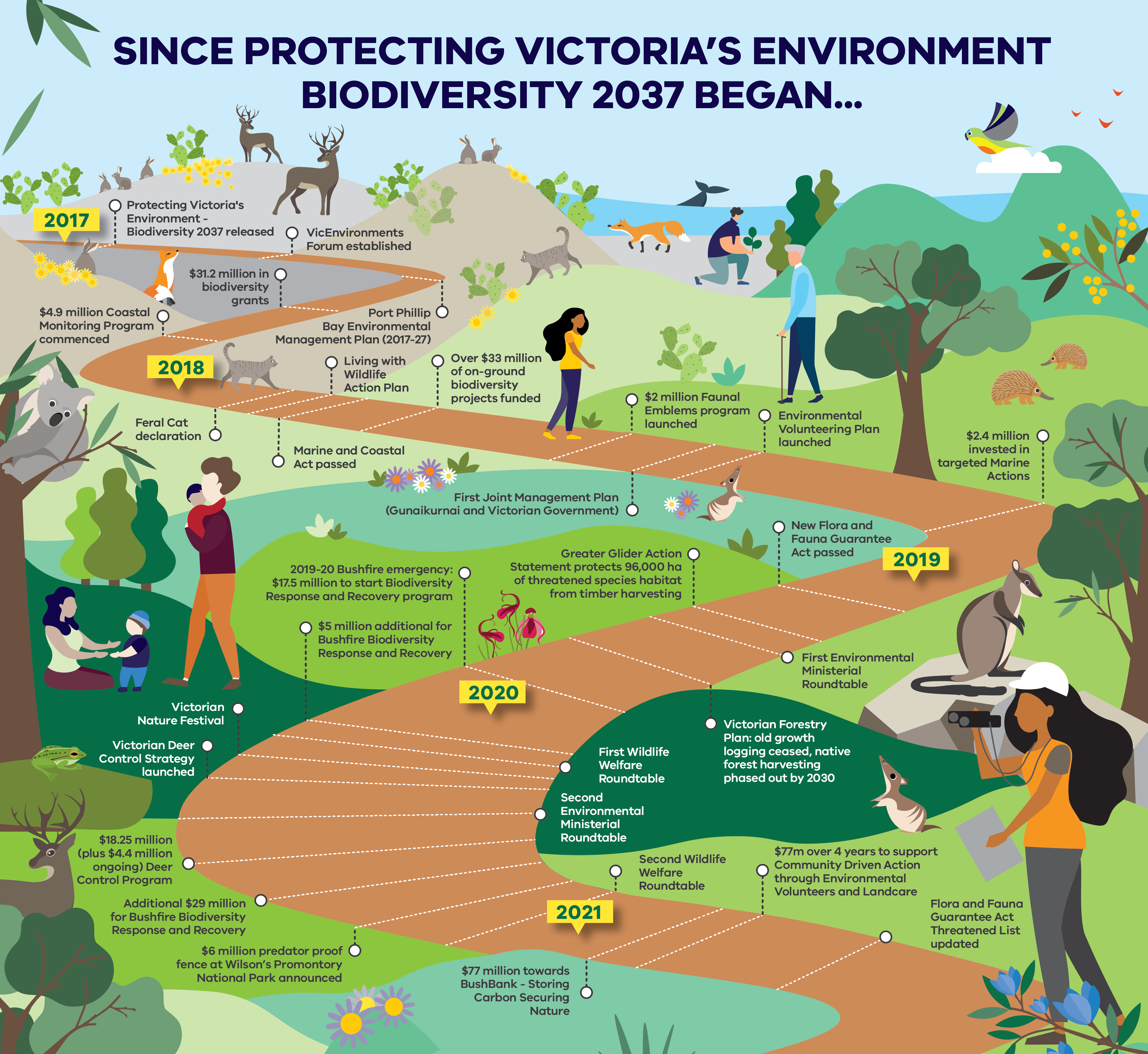
See the accessible version here for this infographic (PDF, 1.4 MB)
Progress towards our targets
Each year we will share a snapshot of how we are performing against the targets in Biodiversity 2037.
This helps us to know if we are moving towards our vision that Victoria’s biodiversity is healthy, valued and actively cared for.
This reporting started in 2018 after the Biodiversity Plan was released in 2017. From 2019, the focus of this information is on our current progress towards the Biodiversity 2037 targets supported by case studies. Each annual progress report supersedes the previous progress report.
A more comprehensive picture of our progress will be developed through the 5-yearly evaluation of Biodiversity 2037 and other mechanisms described in the Biodiversity Monitoring, Evaluation, Reporting and Improvement Framework.
This infographic sets out the targets within the 20-year Biodiversity Plan:
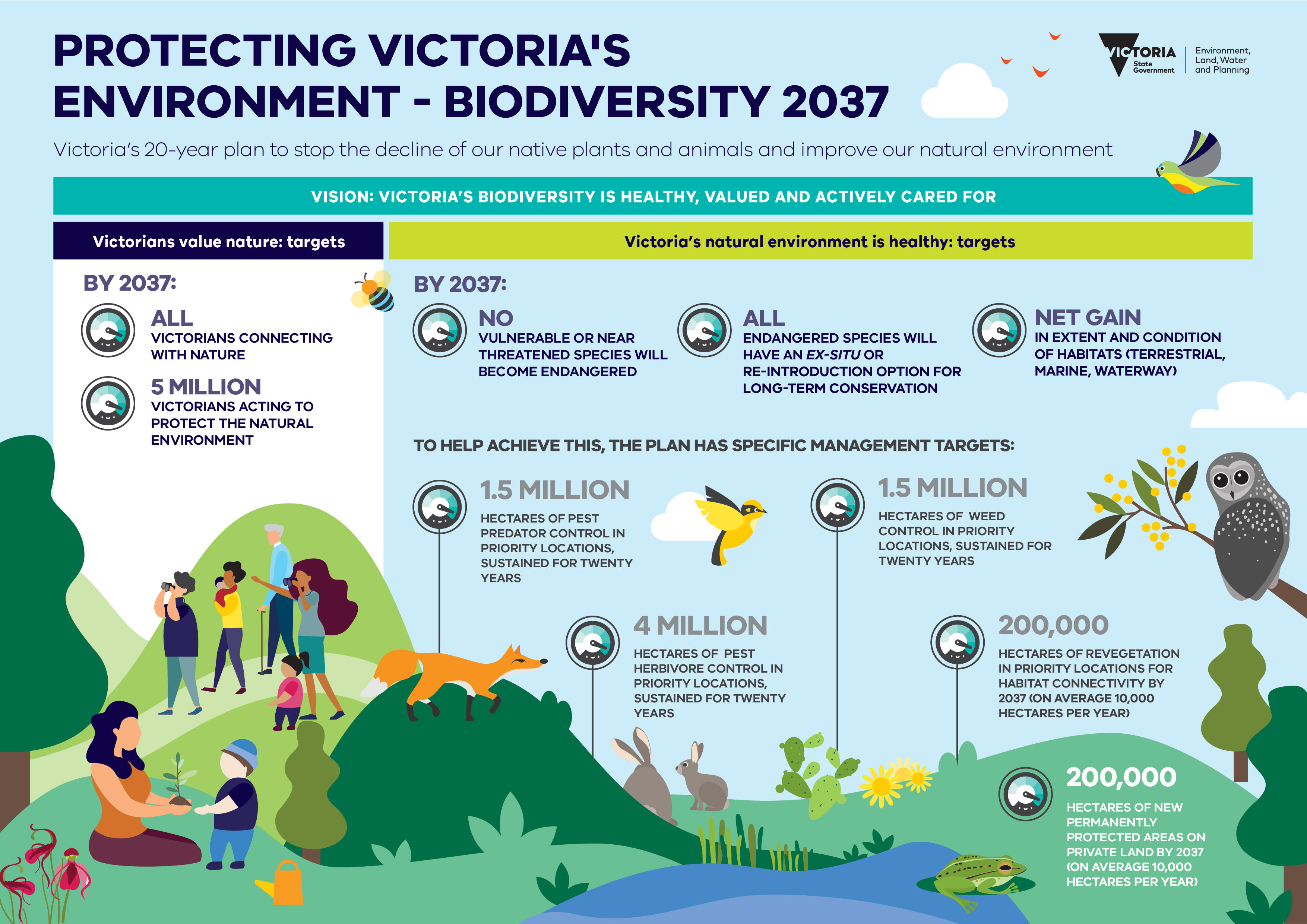
See the accessible version here for this infographic (DOCX, 38.0 KB)
2020 progress report
See the 2020 Progress Report below to learn how we are tracking against our targets in the Biodiversity 2037 Plan.
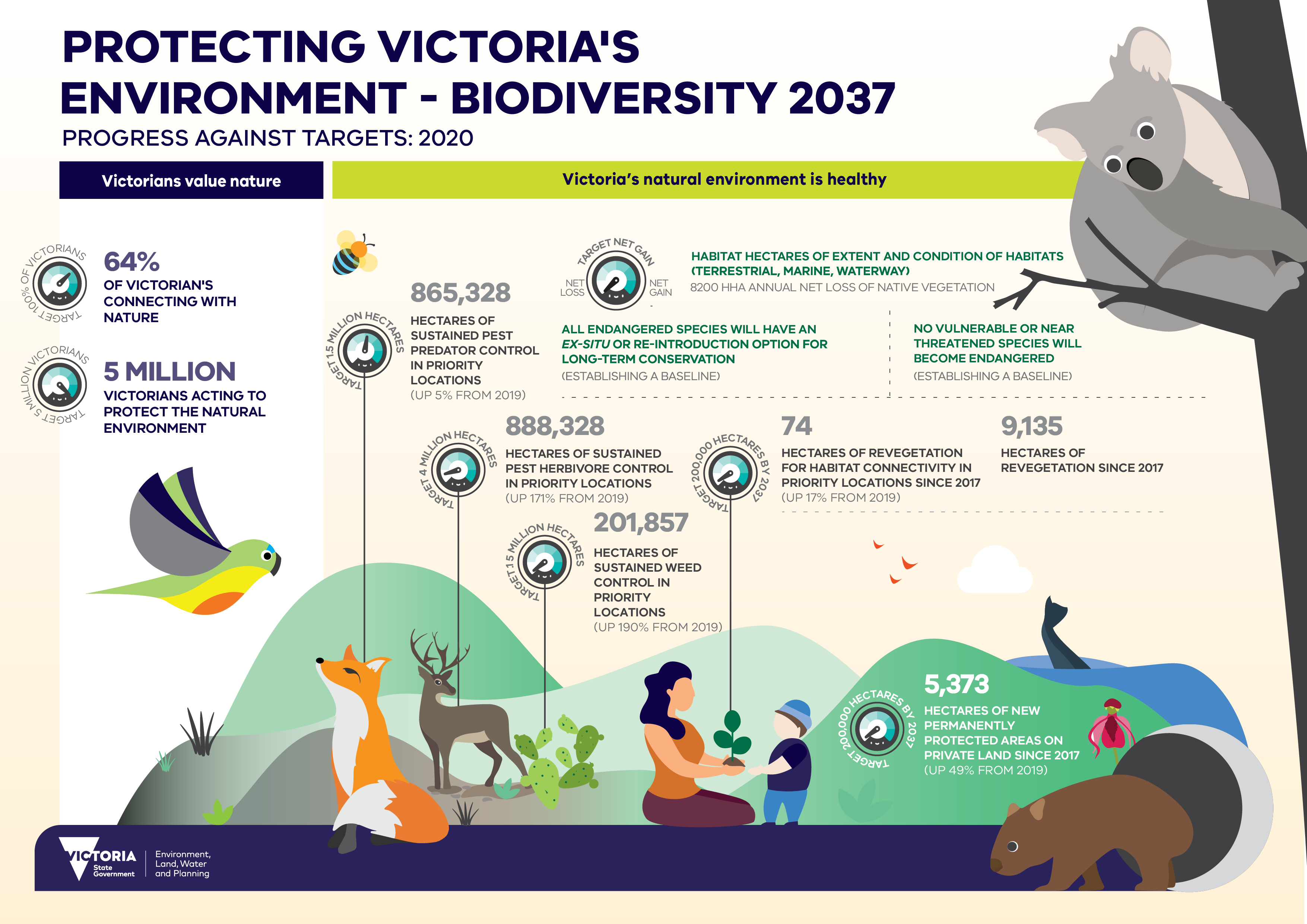
See the accessible version here for this infographic
Priority locations are generally the top 10% of locations across Victoria where management actions maximise benefits to threatened (and other) species. The hectares of activity in priority locations that contribute to the Biodiversity 2037 Plan targets are therefore only a part of the total effort across Victoria, and some of this activity is driven by outcomes other than biodiversity. For example, revegetation is undertaken for purposes including erosion control and improvement of water quality as well as enhancing biodiversity.
The Frequently Asked Questions below provide further explanation.
Table listing hectares of action in 2020
| Action | Total Hectares across Victoria | Hectares in Priority Locations (Biodiversity 2037) |
|---|---|---|
| Pest predator control | 2,105,220 ha | 865,328 ha |
| Pest herbivore control | 1,674138 ha | 888,757 ha |
| Weed control | 584,622 ha | 201,857 ha |
| Revegetation | 9,135 ha | 74 ha |
Delivering on our targets
The following recent initiatives will increase our delivery against the targets:
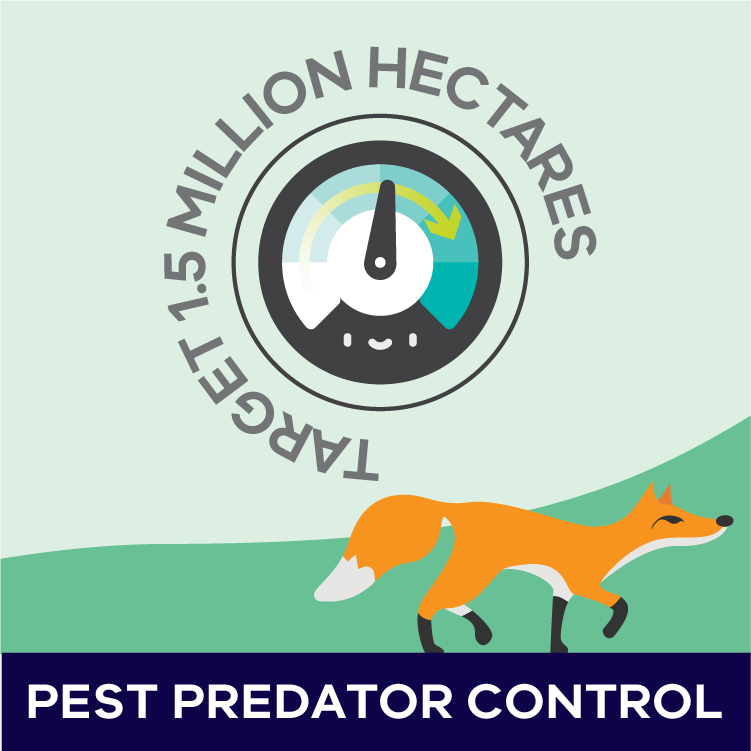 | $6 million to fund a predator-proof fence at Wilsons Promontory National Park to protect the unique plants and animals (announced November 2020). |
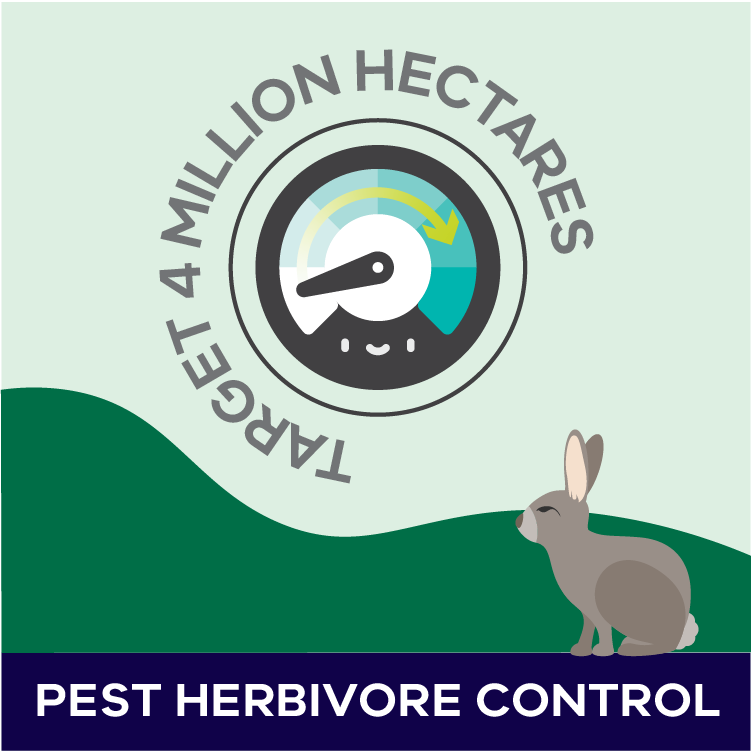 | $18.25 million Deer Control Program (2021-24) plus $4.4 million ongoing from 2024-25 (announced November 2020). $29 million for Biodiversity Bushfire Response and Recovery (BBRR) announced November 2020 adding to the $22.5 million for immediate response in early 2020. The BBRR program has a major focus on pest herbivore control. |
 | $77 million BushBank - Nature restoration for carbon storage program including revegetation for habitat connectivity. |
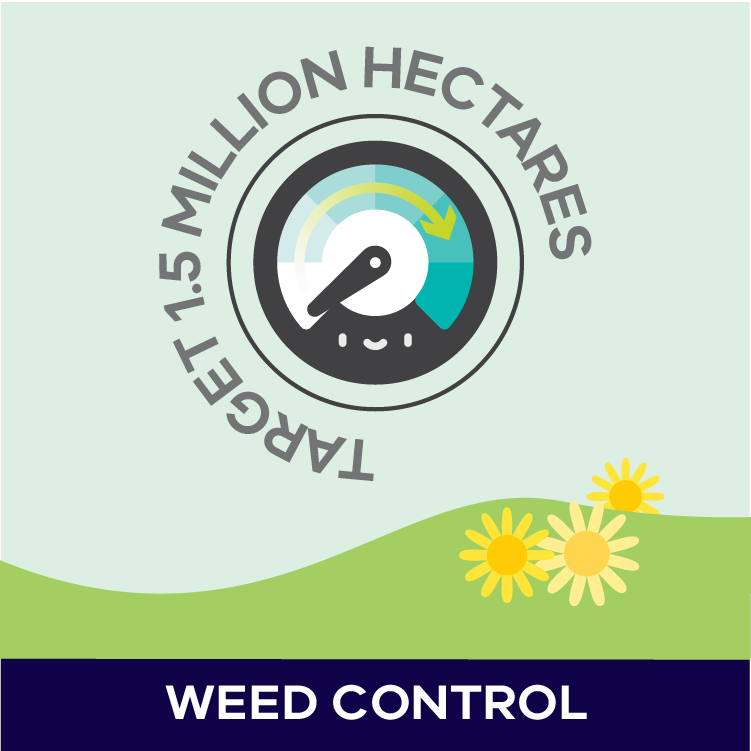 | Increased targeting of effort of community programs to contribute to Biodiversity 2037 targets through new grants programs (e.g. Community volunteer action grants biodiversity stream). |
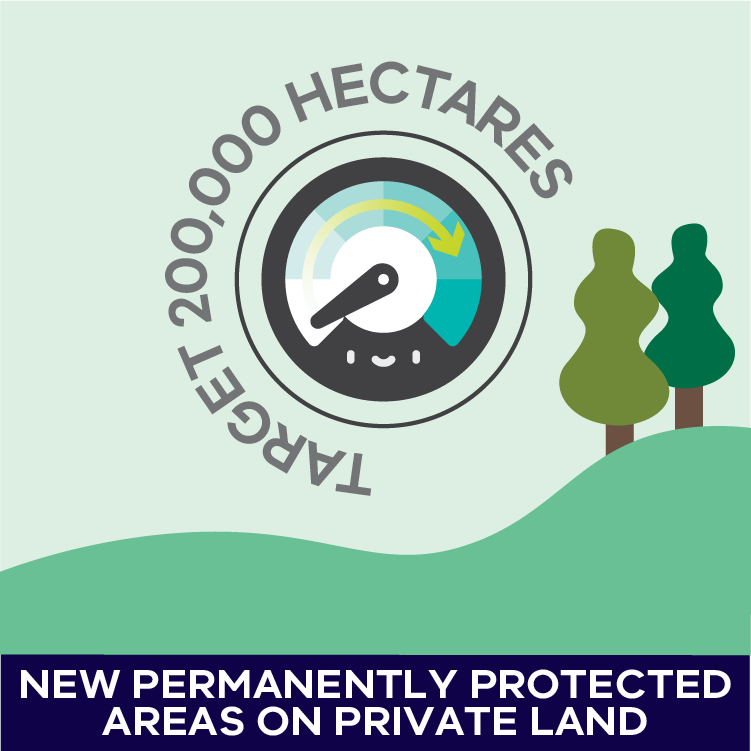 | $4 million over 4 years and $1 million ongoing to support Trust for Nature contribute to the permanent protection of biodiversity on private land (announced May 2021). |
Read more background about the Biodiversity 2037 targets and the way we prepare progress reports.
2020 Case Studies
Bushfire Biodiversity Response and Recovery 2020
Learn more about the response and recovery actions that took place in response to the devastating 2019-2020 bushfires.
This work largely contributes to the targets under the goal 'Victoria's natural environment is healthy' in the Biodiversity 2037 Plan.
Victorian Nature Festival 2020
The Victorian Nature Festival was a nature celebration event that took place online in 2020. Through online presentations, videos, podcasts, virtual tours, and art and craft activities Victorians were able to enjoy, learn about and connect to Victoria’s incredible biodiversity.
This work contributes to the targets under the goal 'Victorians Value Nature' in the Biodiversity 2037 Plan.
See the video below for an overview of the event:
Previous Progress Reports
See the infographic and case studies below for progress on the biodiversity targets in 2019.
The analysis against targets in the 2019 report utilised full threat management data only, consistent with improved standards for data capture and reporting since the 2018 report.
This provides a more conservative estimate of the progress made towards achieving the Biodiversity 2037 Plan targets.
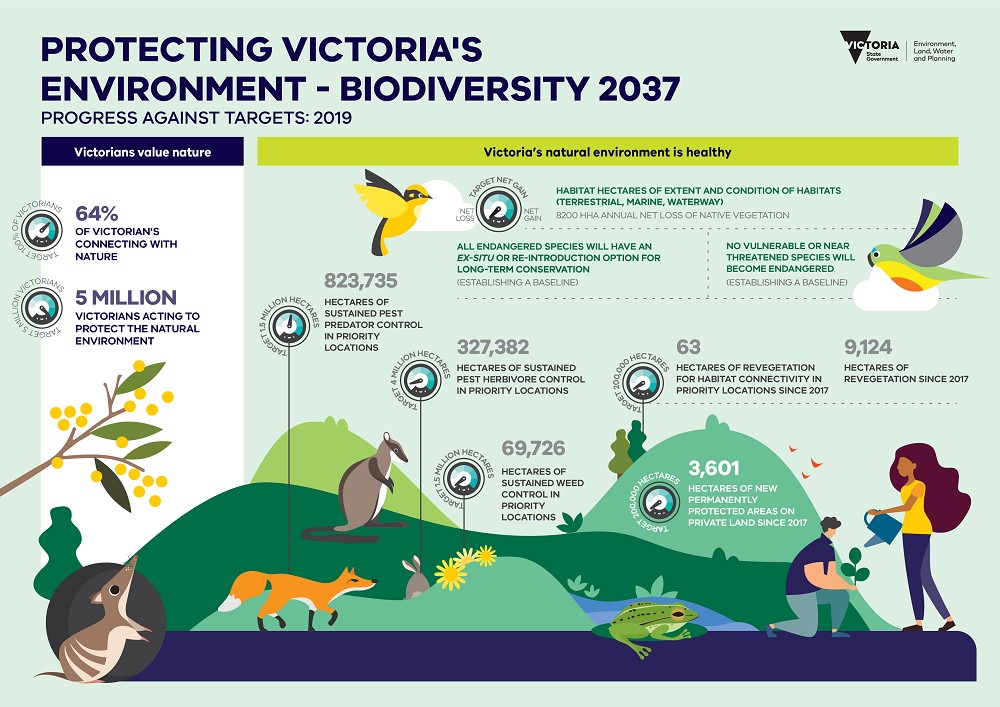
See the accessible version here for this infographic (DOCX, 37.9 KB)
Why is there a difference in the hectares reported between the 2018 and 2019 Progress Reports?
2019 Case Studies
Progress Highlights 2019
See what key initiatives were underway by DELWP and other agencies as at the end of 2019 to progress the various components of Biodiversity 2037.
Biodiversity Response Planning projects 2019
See what Biodiversity Response Planning projects were undertaken in 2019 by the community, non-government organisations and government agencies. See here for further information about Biodiversity Response Planning projects.
The 2018 progress report details the achievements of government environmental agencies and partners over the 2017-18 period against the priorities and themes of Biodiversity 2037.
It includes progress towards the Biodiversity 2037 targets. This analysis against targets utilised partial threat management data as the best data available at that time.
Biodiversity 2037 Implementation Cycle
The Implementation Cycle reflects the key stages within and across the 20-year timeframe of the Biodiversity Plan.
These are:
- The strategy itself (Biodiversity 2037) and its review after 20 years.
- The enabling environment and planning process, including work that DELWP undertakes to provide tools and systems, regulations and standards, and collaborative planning.
- Everyone undertaking actions that contribute to the targets of Biodiversity 2037 – this includes all the contributions of individuals, community groups, Traditional Owners, non-government organisations and government agencies
- Monitoring, evaluating, reporting, and improving how we do things. This embeds continuous improvement into planning and action.
Our work is guided by the Biodiversity 2037 Implementation Cycle below. This cycle allows for continuous planning and delivery of our goals through adaptive management. It also makes sure that the targets are updated as part of the refresh of Biodiversity 2037 every 5 years.
Click here or the diagram below for a more detailed Implementation Cycle.
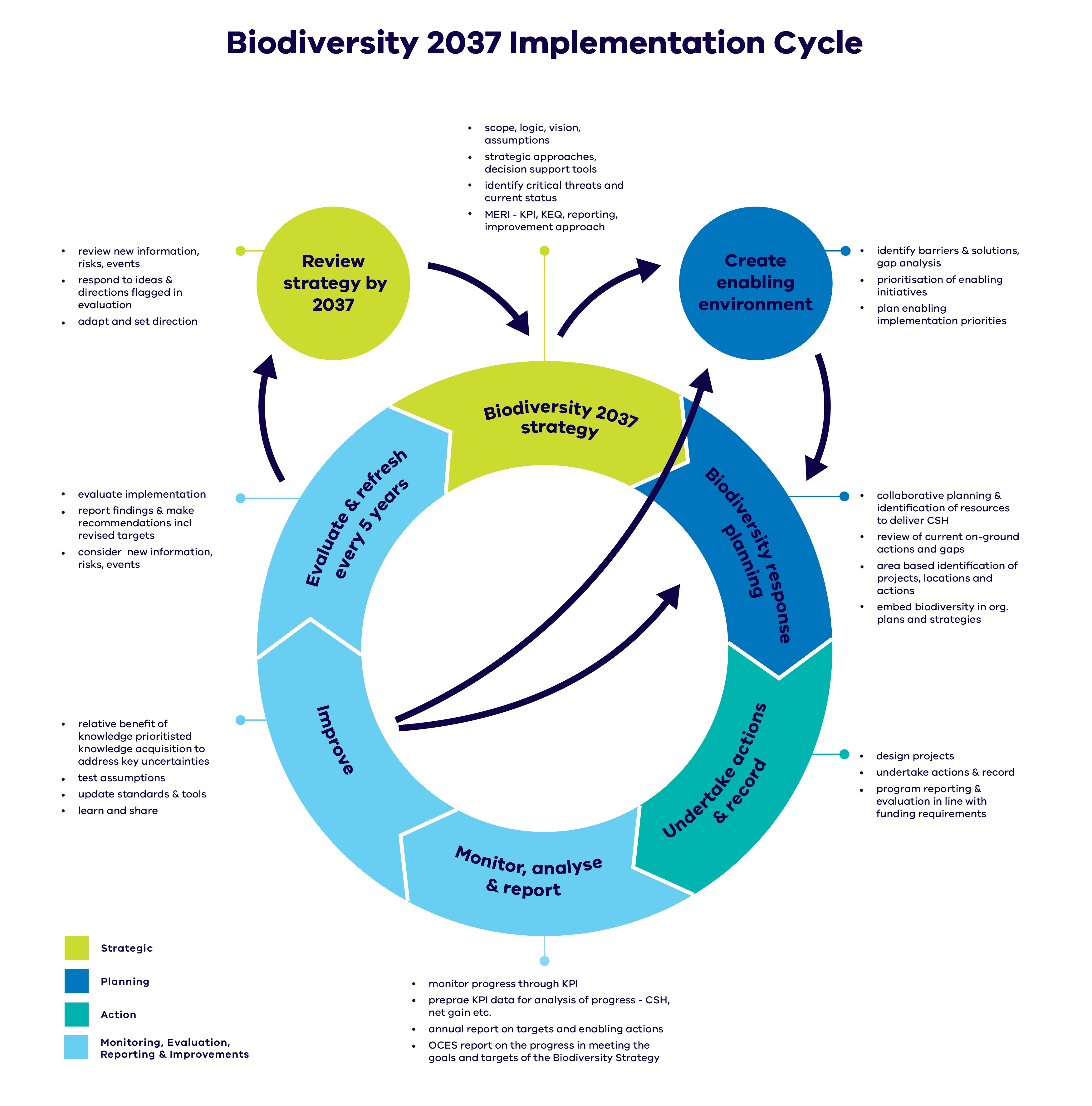
Biodiversity Monitoring, Evaluation, Reporting and Improvement Framework
The Biodiversity 2037 Monitoring, Evaluation, Reporting and Improvements Framework (Biodiversity 2037 MERF) is active throughout the implementation cycle to make sure that we improve the planning and implementation of actions.
Monitoring, evaluation and reporting is a key component of protecting Victoria’s biodiversity. It allows us to make ongoing improvements in the actions we take.
Read the Biodiversity 2037 MERF
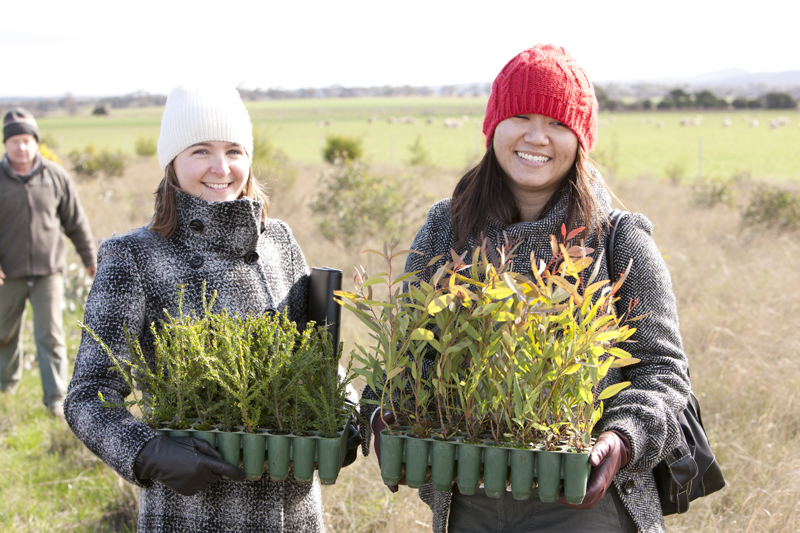
Page last updated: 26/07/23